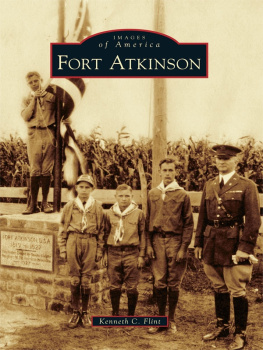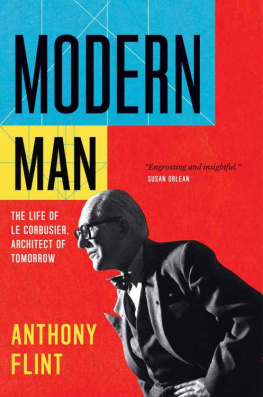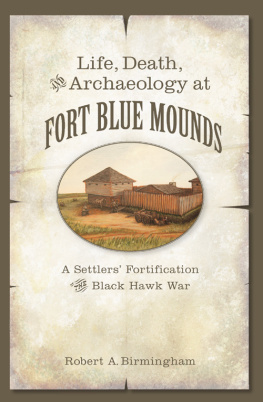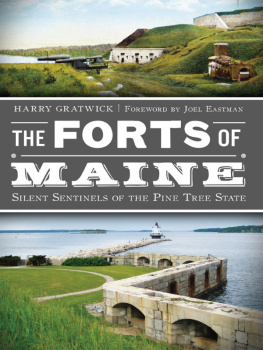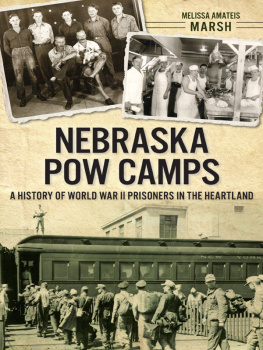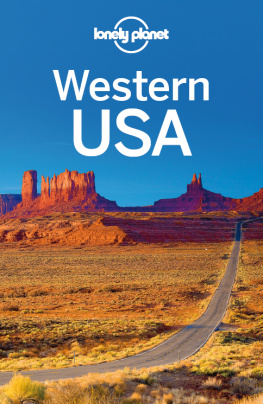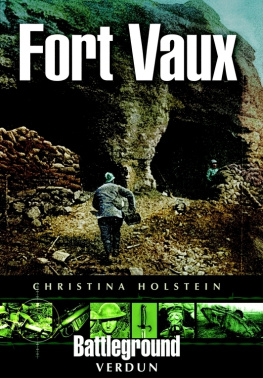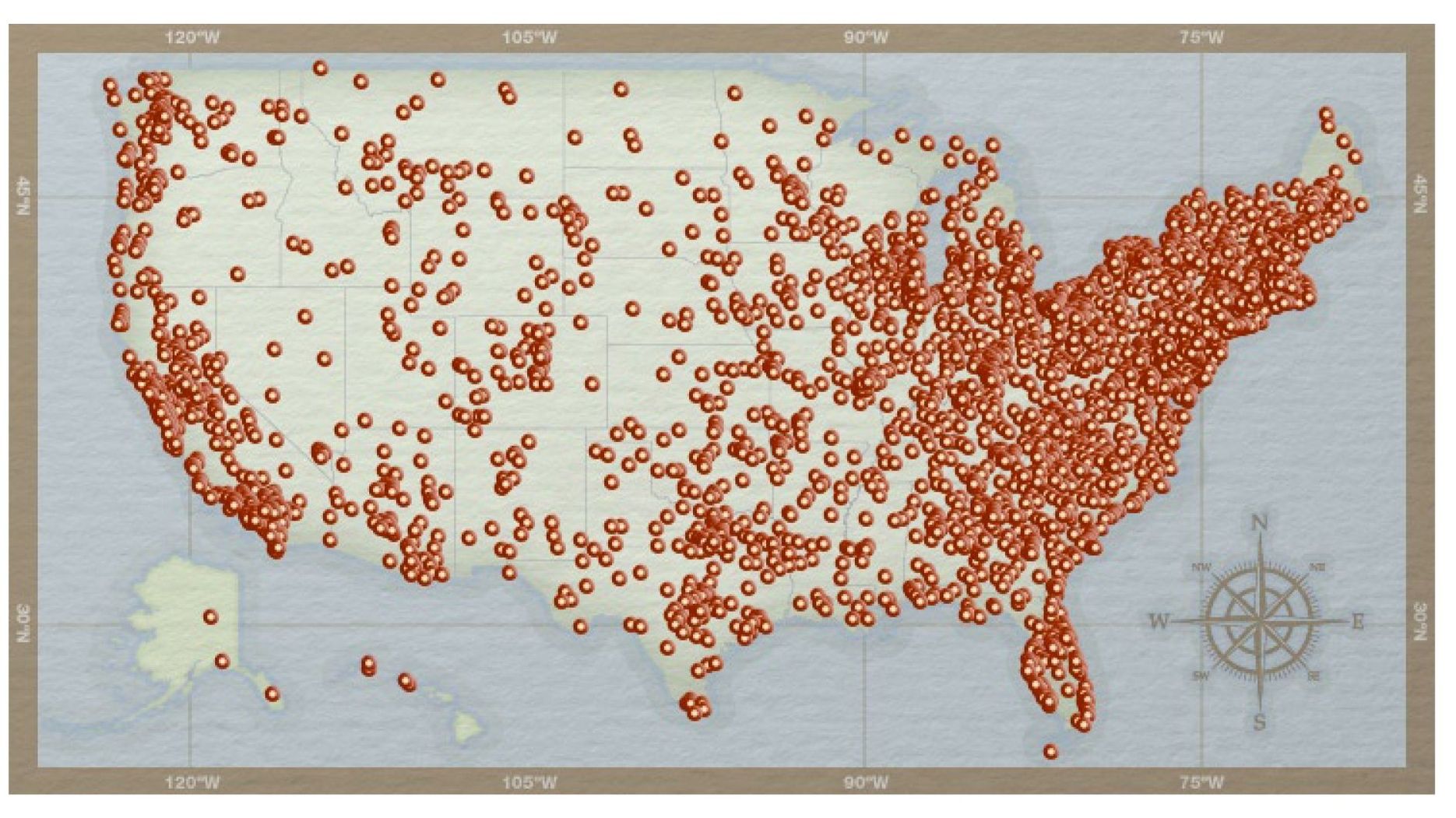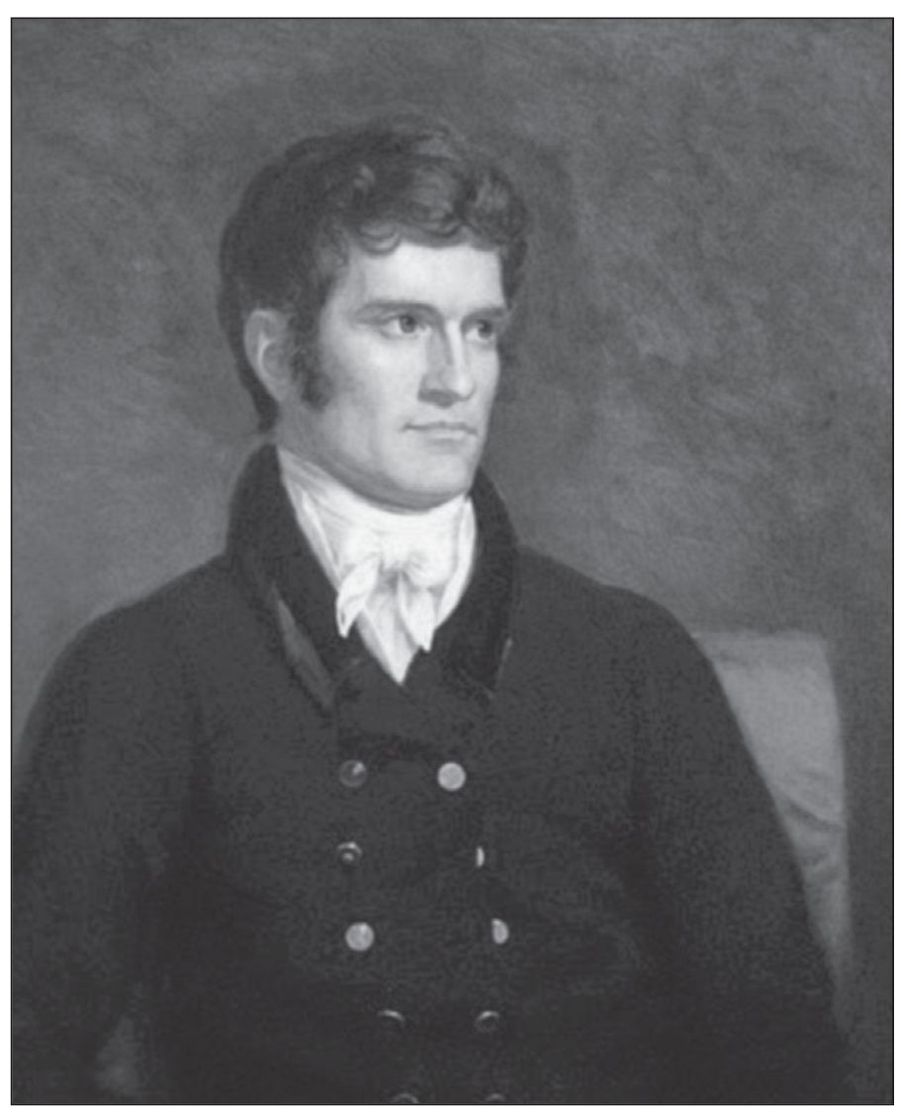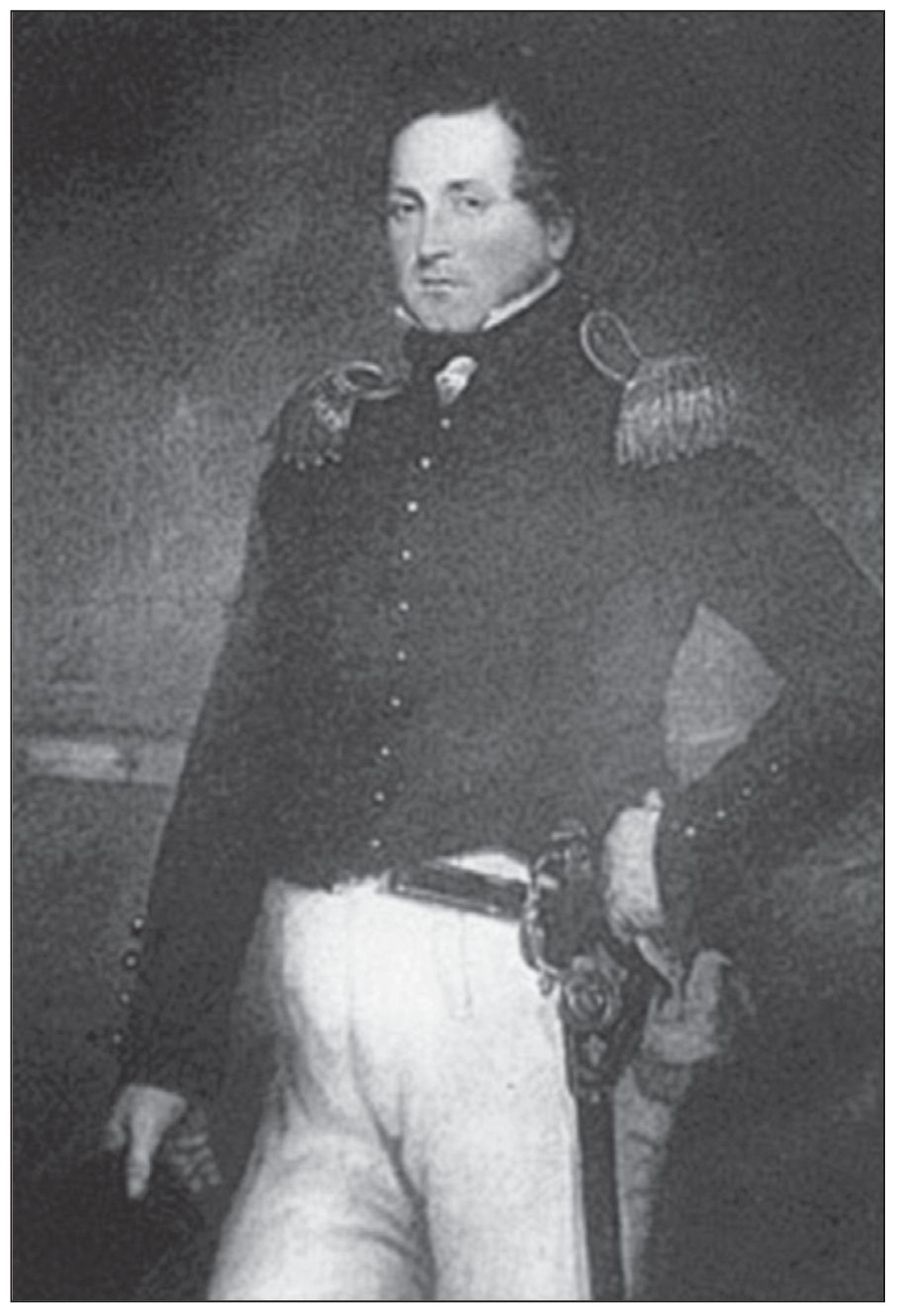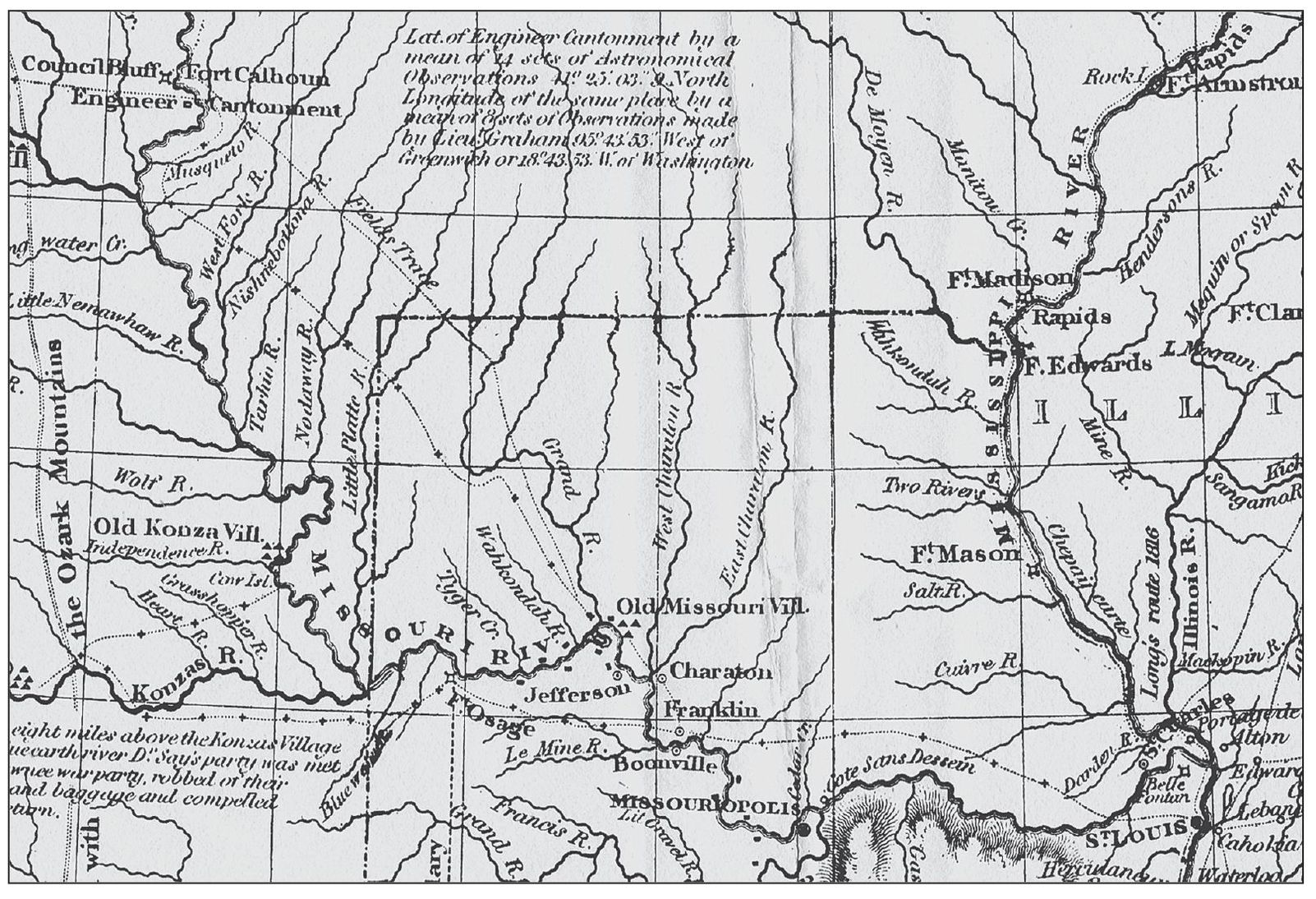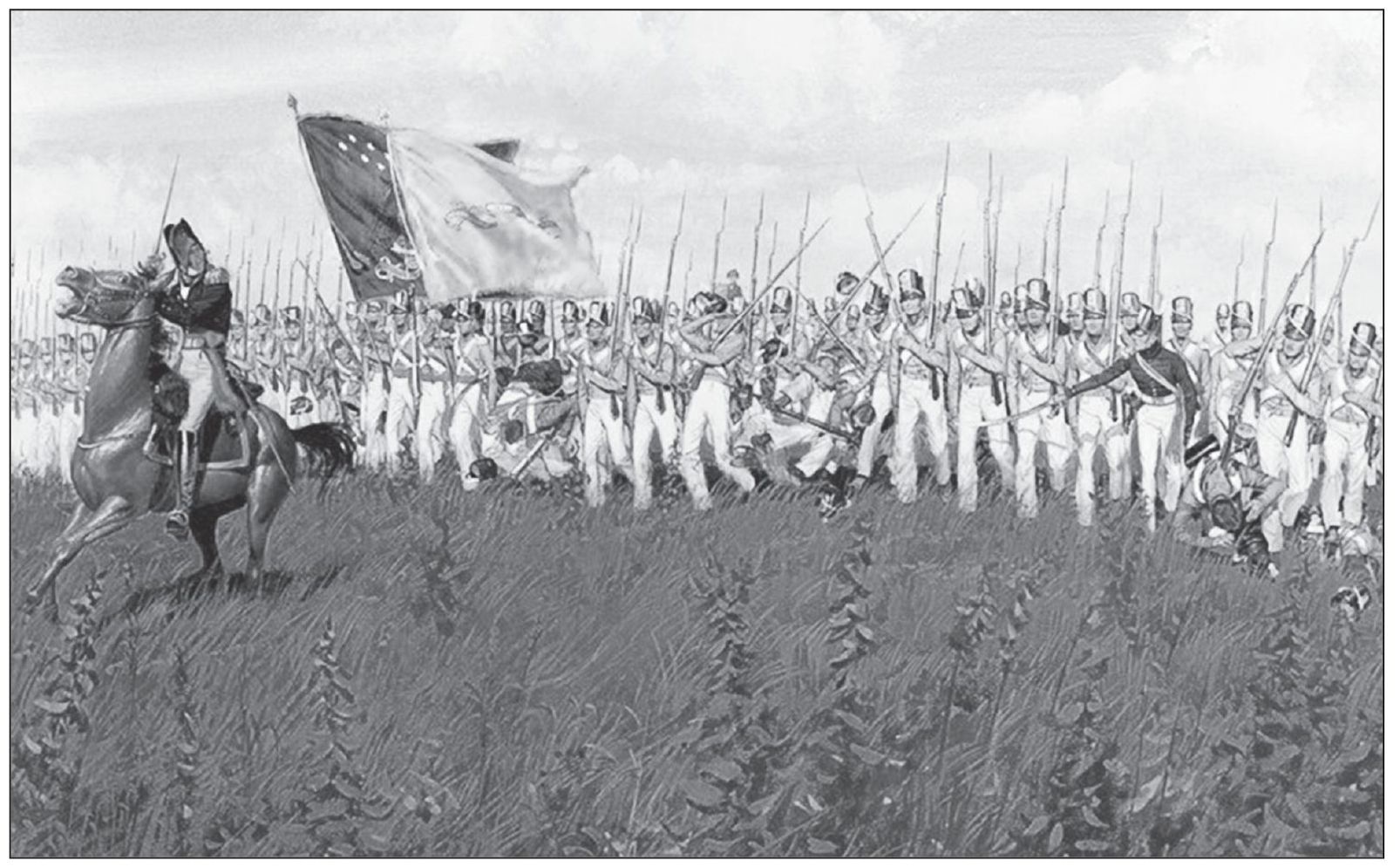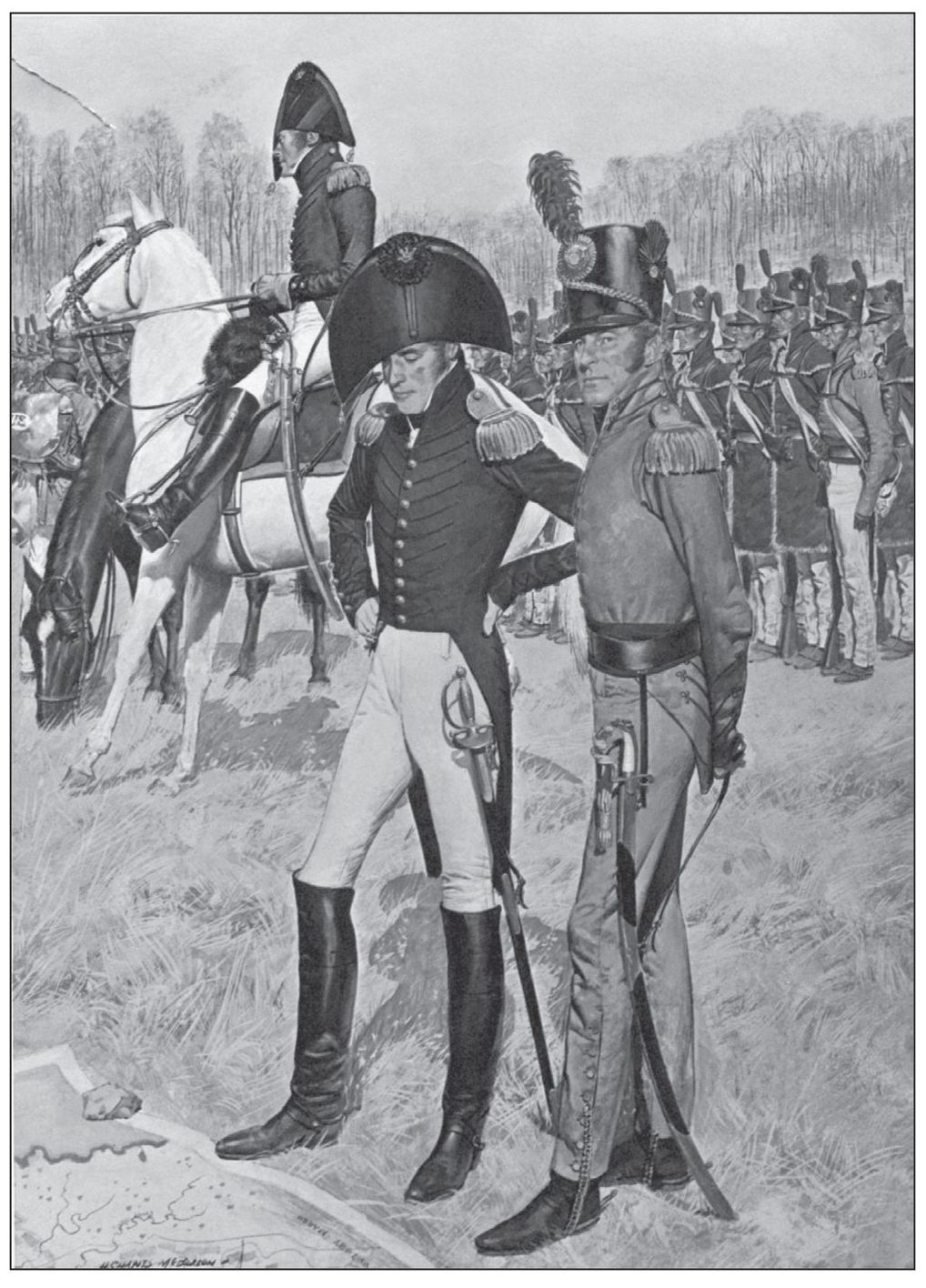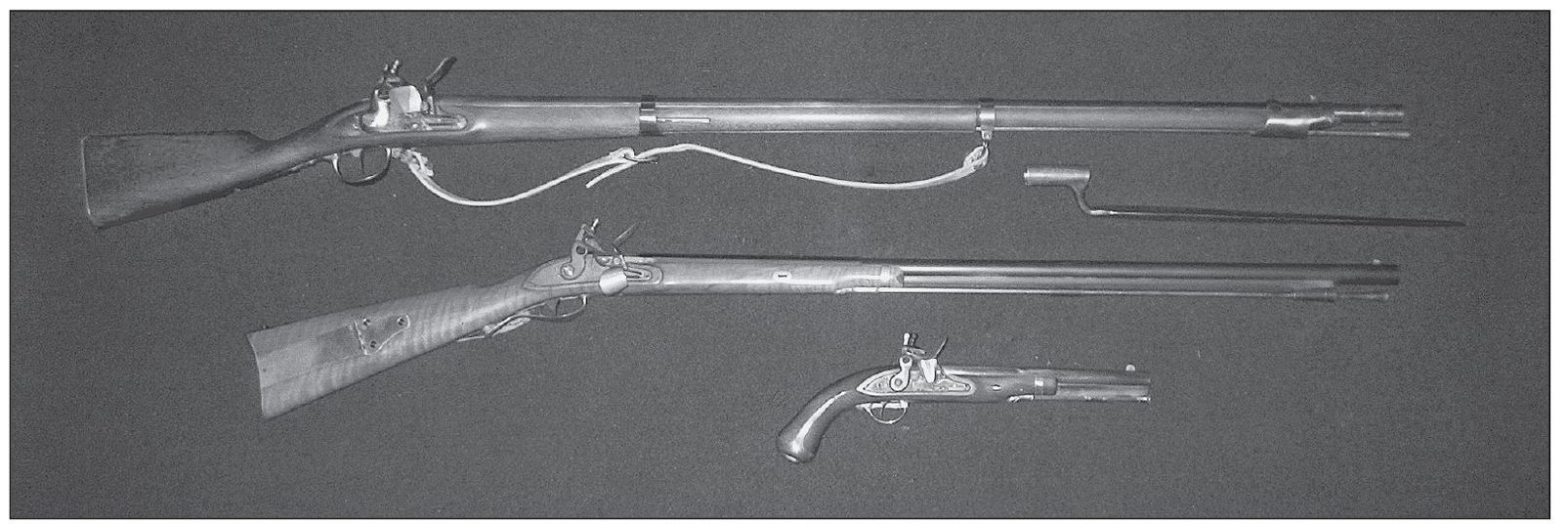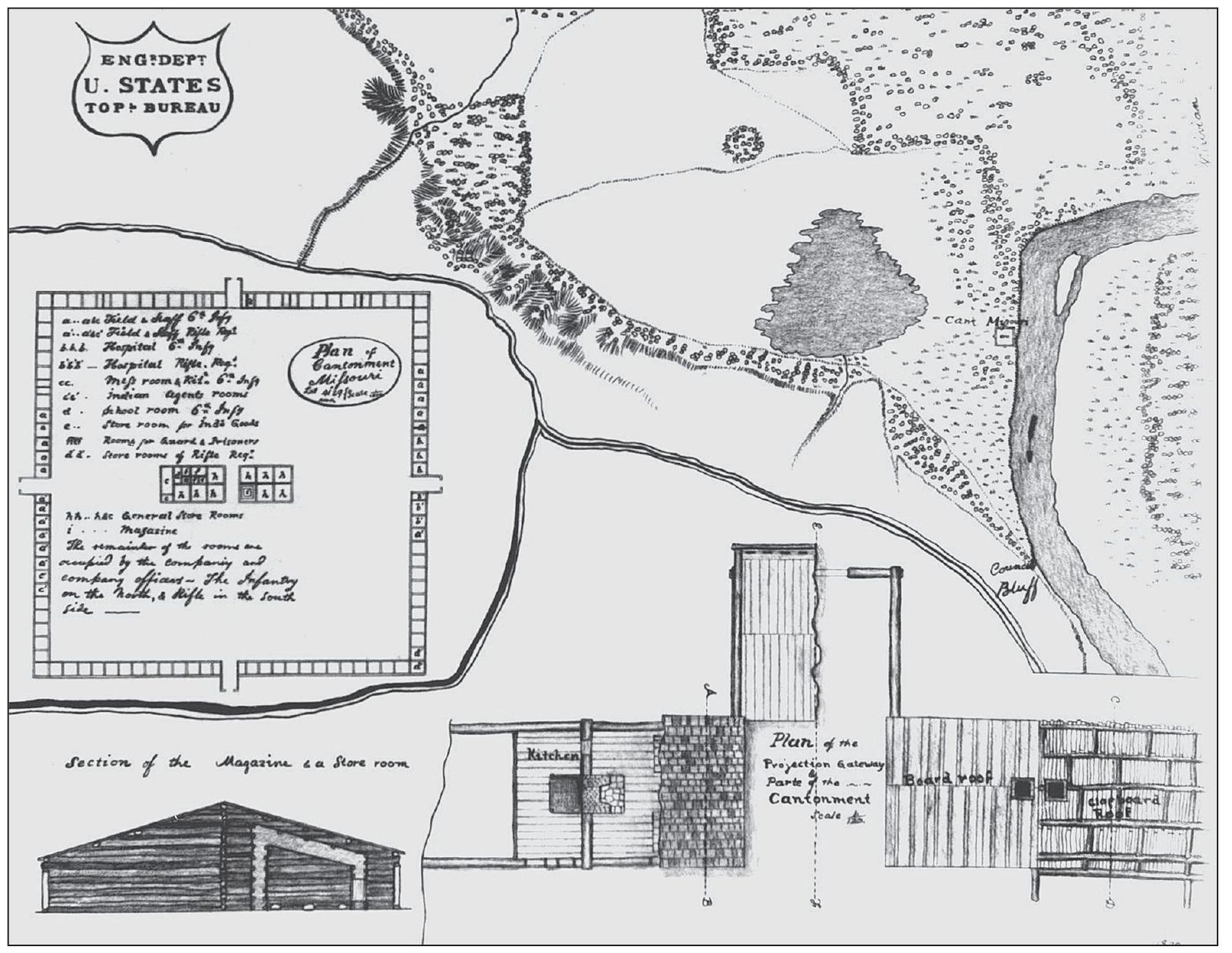One
OLD FORT ATKINSON
It was a mighty undertaking. As the first American expedition into the vast new western territories following Lewis and Clark, it involved one-fifth of the U.S. Army1,126 elite men. This dauntless force was launched on a daring enterprise that might be seriously compared to Americas missions to the moonexcept that these men had gone to stay. In 1819, they battled hundreds of miles up the wild Missouri River from St. Louis on primitive steamboats and keels. After a four-month quest, they reached the same Council Bluff where the famous duo first met with Native American tribes. Here the already exhausted men survived a winter plagued by severe weather, near-starvation, a scurvy epidemic felling hundreds, and a devastating flood. They hung on by courage and sheer doggedness to begin building a fortress high atop the bluff.
This site on Earths remotest bounds, as one journalist dubbed it, became the stage for the saga of the far-frontier bastion to be called Fort Atkinson. As this countrys first major settlement west of the Missouri, it was the site of many firsts for both America and what would be Nebraska, including the western territorys first library, school, newspaper, hospital, factories, and farms. The fort faced threats from Indian tribes, the British, and nature itself. Its military might protected Americas interests and the burgeoning fur trade, provided a base camp for explorations, and concluded numerous treaties. Its tale is filled with the names of military heroes like Riley and Leavenworth, the friends and relatives of Lewis and Clark, famed explorers like Long and Kearney, and folklore figures like Jim Bridger, Mike Fink, and Hugh Glass.
The forts life, however, though glorious, was very brief. By 1827, the shifting policies of western expansion dictated a different location for such a military presence. The 6th Infantry left its Elysian Fields to move south and build Fort Leavenworth. The great fort on the bluff was abandoned, and the wooden structures fell into ruins, so swiftly that an 1833 painting by artist Carl Bodmer showed little but the brick chimneys still erect.
Lewis and Clark were the earliest American visitors to the site. On August 3, 1804, they held the first formal meeting between U.S. representatives and the western Indian tribes. The groups met in the shade of the expedition keelboats main sail, which was set up as an awning. This momentous parley brought them to name the commanding spot above the river The Council Bluff. (Nebraska Game and Parks.)
It was the expansionist political philosophy of John C. Calhoun, the U.S. secretary of war under Pres. James Monroe, which created Fort Atkinson. Following the then recent (18121814) war against Britain, he was suspicious of alliances between the British and many American Indian tribes and devised a strategy to secure U.S. control of the new Northwest Territories.
Col. Henry Atkinson, a War of 1812 veteran, was chosen to lead what was called the Yellowstone Expedition. Its original intent was to build a string of defensive forts up the Missouri to the Yellowstone River. However, cuts in federal funding caused the expedition to be halted at its first stop, the Council Bluff.
This portion of an 1820 map based upon information from the Yellowstone Expedition shows the route of the months-long 700-mile journey upriver from St. Louis (lower right). It was made mostly by dragging or poling a fleet of keelboats. The site of the fort is labeled as Fort Calhoun (upper left). It was originally assumed that it would be called so in honor of the expeditions founder.
The main military contingent included in the expedition was the elite 6th Infantry Regiment. During the War of 1812, at the Battle of Chippewa, the veteran soldiers who would form the 6th advanced without wavering through a hail of enemy fire. The British commander, at first thinking them undisciplined militia, realized his mistake and cried, Those are Regulars, by God! This became their motto.
The 1st Regiment of Riflemen, also very active in the War of 1812, was another element of the expedition. This unique unit, with its distinctive green, gold-fringed frocks and Harpers Ferry rifles, was a part of the Fort Atkinson garrison until it was amalgamated into the 6th Infantry in 1821. Here a general and a regimental staff officer examine a map, while riflemen in summer undress form ranks behind.
The weapons of the forts era were flintlocks firing black powder and lead ball. The three main types of gun used by the soldiers were (from top to bottom) the Infantrymans .69-caliber smoothbore musket, the Riflemans .54-caliber rifle, and the officers .58-caliber pistol. Many of these were produced at the Harpers Ferry and Springfield Armories.

